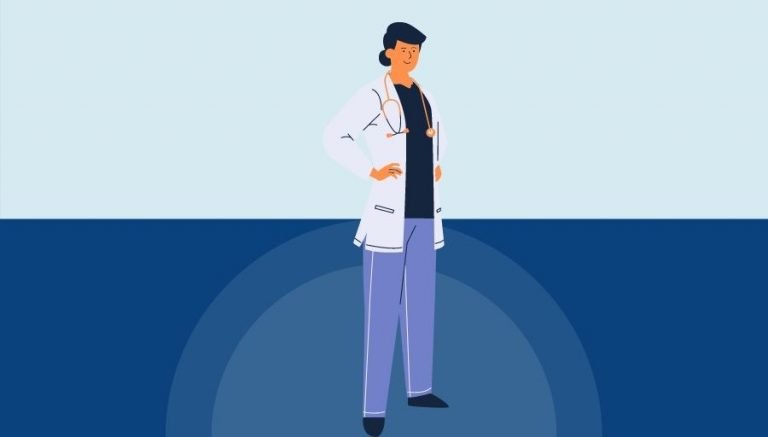How To Use CPT Code 42804
CPT 42804 describes the procedure of obtaining a biopsy sample from a visible lesion in the nasopharynx. This article will cover the official description, procedure, qualifying circumstances, appropriate usage, documentation requirements, billing guidelines, historical information and billing examples.
1. What is CPT Code 42804?
CPT 42804 involves the biopsy of a visible lesion in the nasopharynx, which is the part of the throat located behind the nose. During this procedure, a healthcare provider removes a tissue sample from the lesion to determine the presence of any disease or condition.
2. Official Description
The official description of CPT code 42804 is: ‘Biopsy; nasopharynx, visible lesion, simple.’
3. Procedure
- After ensuring that the patient is properly prepped and anesthetized, the healthcare provider takes measures to ensure the patient’s ability to breathe during the procedure, such as using an endotracheal tube.
- The provider then proceeds to remove a tissue sample from the visible lesion in the nasopharynx. This can be done using various techniques, such as the snare technique.
- The biopsy is performed to assess or survey nasopharyngeal diseases, including cancer of the upper airway.
4. Qualifying circumstances
CPT 42804 is performed when there is a visible lesion in the nasopharynx that requires a biopsy for further evaluation. This procedure is typically carried out to investigate the presence of diseases or conditions affecting the nasopharynx, such as cancer. It is important to note that the biopsy should be performed by a qualified healthcare provider.
5. When to use CPT code 42804
CPT code 42804 should be used when a visible lesion is present in the nasopharynx and a biopsy is performed to obtain a tissue sample for diagnostic purposes. This code is specific to the biopsy procedure on the nasopharynx and should not be used for biopsies performed on other anatomical sites.
6. Documentation requirements
To support a claim for CPT 42804, the healthcare provider must document the following information:
- The presence of a visible lesion in the nasopharynx
- The need for a biopsy procedure
- The specific technique used for the biopsy
- Date of the procedure
- Any relevant findings or observations during the procedure
- Signature of the healthcare provider performing the biopsy
7. Billing guidelines
When billing for CPT 42804, ensure that the procedure involves obtaining a biopsy sample from a visible lesion in the nasopharynx. It is important to follow the specific documentation requirements and guidelines provided by the payer. Additionally, it is crucial to review any applicable bundling or unbundling rules to ensure accurate billing.
8. Historical information
CPT 42804 was added to the Current Procedural Terminology system on January 1, 1990. There have been no updates or changes to the code since its addition.
9. Examples
- A healthcare provider performs a biopsy on a visible lesion in the nasopharynx to determine if it is cancerous.
- During a diagnostic procedure, a tissue sample is obtained from a visible lesion in the nasopharynx for further evaluation.
- A patient with persistent symptoms undergoes a biopsy of a visible lesion in the nasopharynx to identify the underlying cause.
- A healthcare provider performs a biopsy on a suspicious lesion in the nasopharynx to rule out the presence of malignancy.
- During a routine examination, a visible lesion is identified in the nasopharynx, prompting the need for a biopsy to determine the nature of the lesion.
- A tissue sample is obtained from a visible lesion in the nasopharynx to aid in the diagnosis and treatment planning for a patient.
- A biopsy is performed on a visible lesion in the nasopharynx to assess the extent of disease involvement.
- A healthcare provider performs a biopsy on a visible lesion in the nasopharynx to guide further management and treatment decisions.
- During a surgical procedure, a biopsy is performed on a visible lesion in the nasopharynx to obtain a tissue sample for pathological examination.
- A patient with persistent symptoms undergoes a biopsy of a visible lesion in the nasopharynx to determine the appropriate course of treatment.


